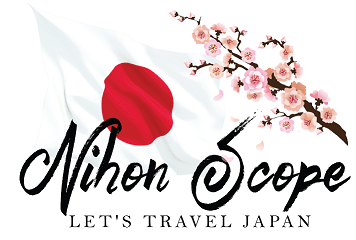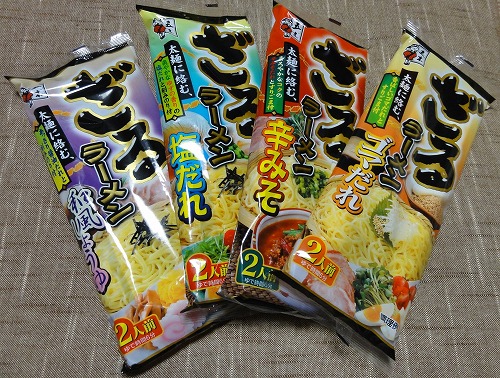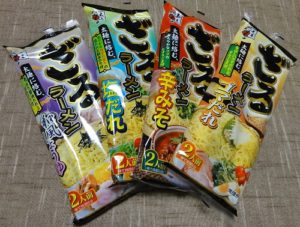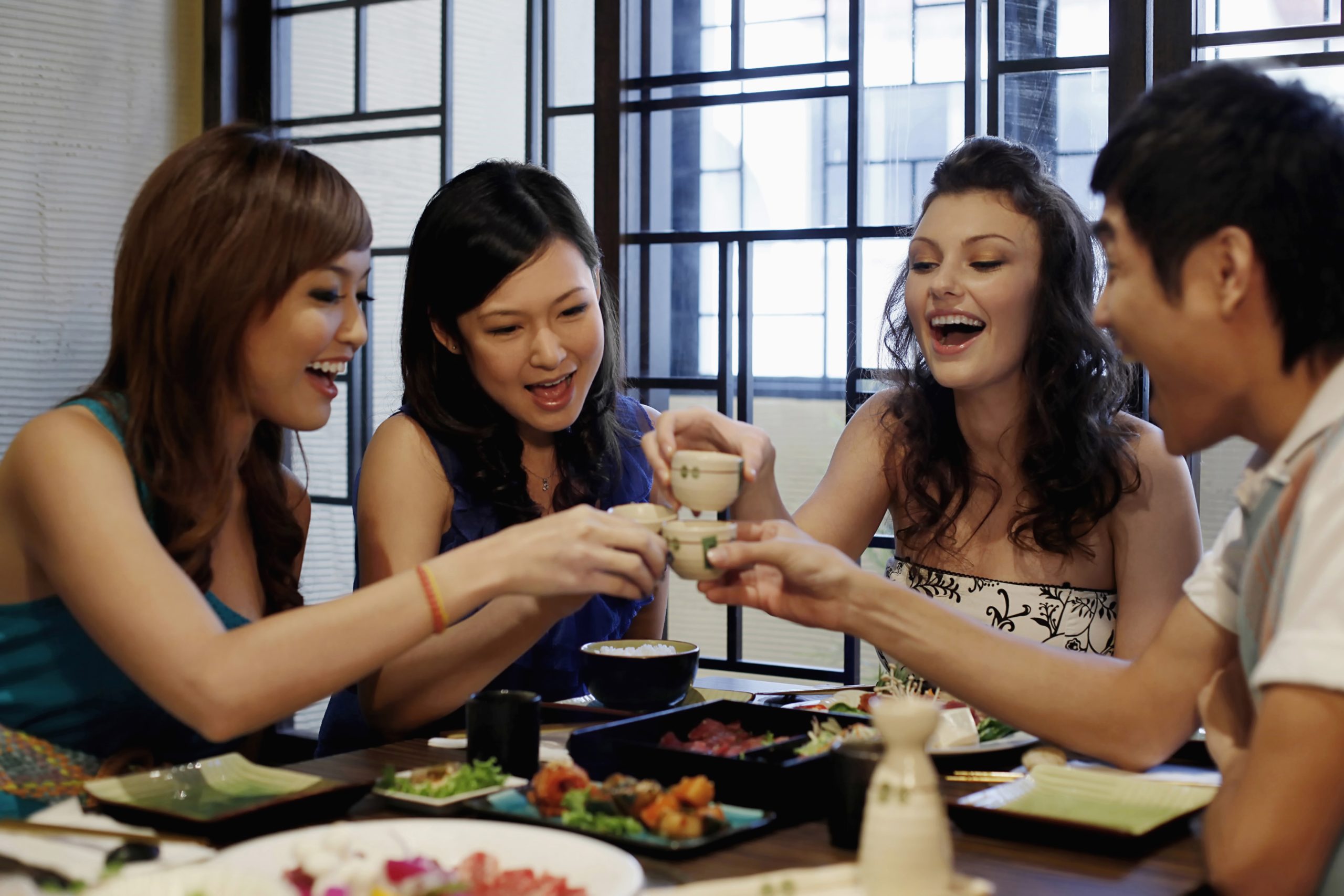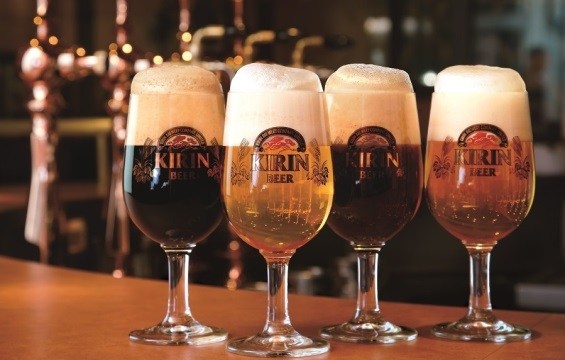Unveiling the Quirkiest Delights: Exploring Japan’s Eccentric Food and Cuisine
Welcome, fellow food enthusiasts, to a tantalizing journey through the whimsical and peculiar culinary world of Japan. Step into the vibrant tapestry of Japan’s culinary landscape, where each bite tells a story and flavors dance on the palate like a symphony of sensations. Prepare to be enchanted as we embark on a gastronomic odyssey, where tradition and innovation intertwine, and where culinary boundaries are playfully challenged. From ancient traditions passed down through generations to modern culinary marvels that push the limits of imagination, Japan is a treasure trove of culinary surprises. Join me on this epicurean adventure as we uncover the most eccentric and captivating food experiences the country has to offer.
Let’s delve into the heart of Japan’s whimsical culinary world, where gastronomic wonders abound. From the charmingly bizarre to the curiously enticing, we’ll encounter a range of dishes and dining customs that are sure to leave an indelible mark on our palates and memories. Brace yourself for a delightful exploration of flavors and textures that will challenge your preconceptions and ignite your sense of culinary adventure.
Here is 5 Odd Foods of Japan
- Fugu (河豚) – The Pufferfish Phenomenon: Prepare to embark on a culinary adventure where the thrill lies not only in the flavors but also in the danger that lurks beneath. Fugu, the infamous pufferfish, takes center stage in this daring gastronomic experience. With meticulous preparation and expert precision, skilled chefs transform this potentially lethal fish into a delectable delicacy. One bite, and you’ll understand the allure of Fugu, a dish that demands both bravery and culinary finesse.
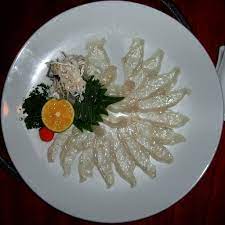
- Natto (納豆) – The Fermented Funk: Unlock the secret to Japan’s love-it-or-hate-it food: natto. This sticky, fermented soybean dish might seem peculiar at first, with its pungent aroma and slimy texture. But dare to venture into the world of natto, and you’ll discover a food that holds a special place in the hearts of many Japanese. Rich in nutrients and with a distinct umami flavor, natto has a devoted following and is often enjoyed with rice for breakfast or as a topping for sushi rolls.

- Basashi (馬刺し) – Horse Sashimi: In the realm of unconventional meats, basashi takes the spotlight. This dish, consisting of thinly sliced raw horse meat, might raise eyebrows for the uninitiated. However, for adventurous food lovers, basashi offers a unique and surprisingly delicate flavor profile. Whether enjoyed as sashimi or lightly seared, this specialty is a testament to the diverse range of flavors Japan has to offer.
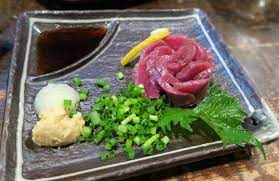
- Shiroi Koibito (白い恋人) – Sweet Dreams: Indulge your sweet tooth with a treat that combines whimsy and culinary excellence. Shiroi Koibito, or “White Lover,” is a popular confectionery delight from the snowy city of Sapporo. Crisp butter cookies sandwich a layer of smooth white chocolate, creating a harmonious blend of textures and flavors. Take a bite, and you’ll find yourself transported to a world where dreams and sweets intertwine.
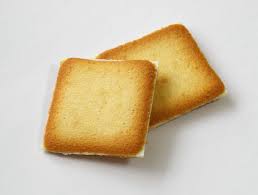
- Kuidaore Taro (くいだおれ太郎) – The Gluttonous Mascot: Prepare for a lively encounter with Kuidaore Taro, the flamboyant and gluttonous symbol of gastronomic excess. This larger-than-life puppet, located in the vibrant streets of Osaka, represents the city’s insatiable appetite for good food and endless culinary delights. As you stroll through the bustling food districts, immerse yourself in the vibrant atmosphere and savor this popular pudding.
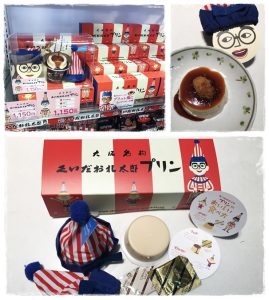
As our gastronomic voyage through Japan’s eccentric food and cuisine comes to a close, we can’t help but marvel at the country’s ability to ignite our taste buds and awaken our sense of culinary curiosity. From the intoxicating allure of fugu to the divisive appeal of natto, Japan’s culinary offerings are as diverse as the landscapes that shape this remarkable nation. So, fellow adventurers, let us savor every bite, celebrate every quirky dish, and embrace the sheer joy of culinary exploration in the land of the rising sun. May your future gastronomic endeavors be filled with delightful surprises, and may you continue to explore the endless wonders of Japan’s culinary delights.
Kanpai to culinary bliss!
